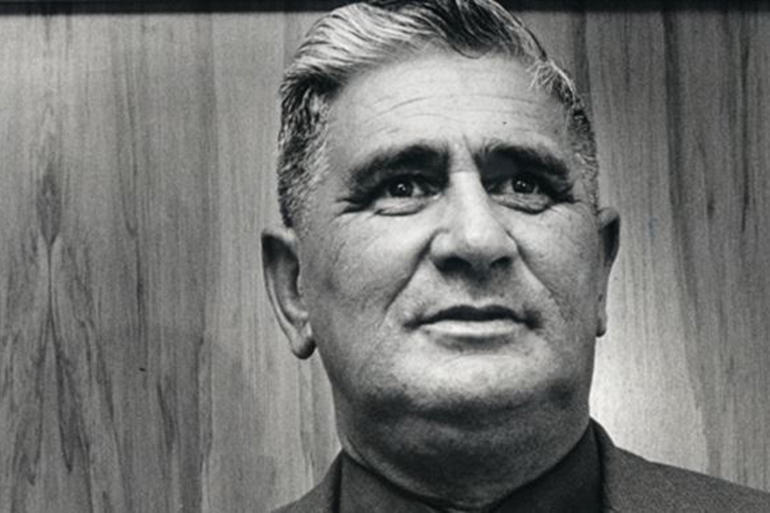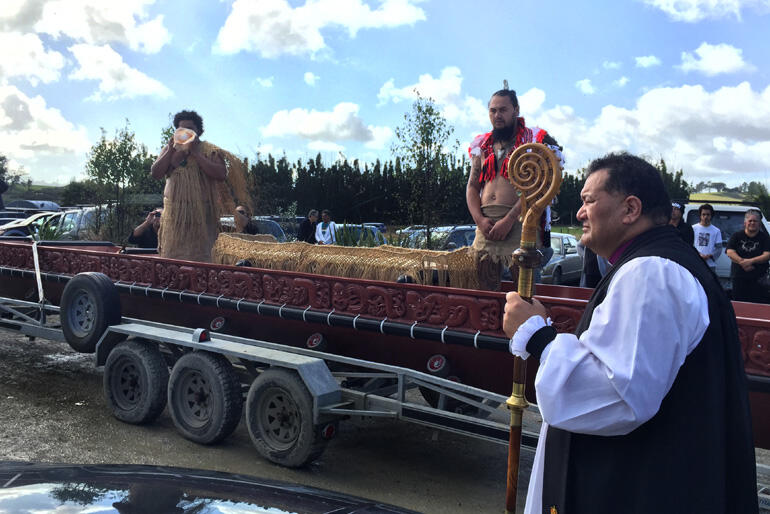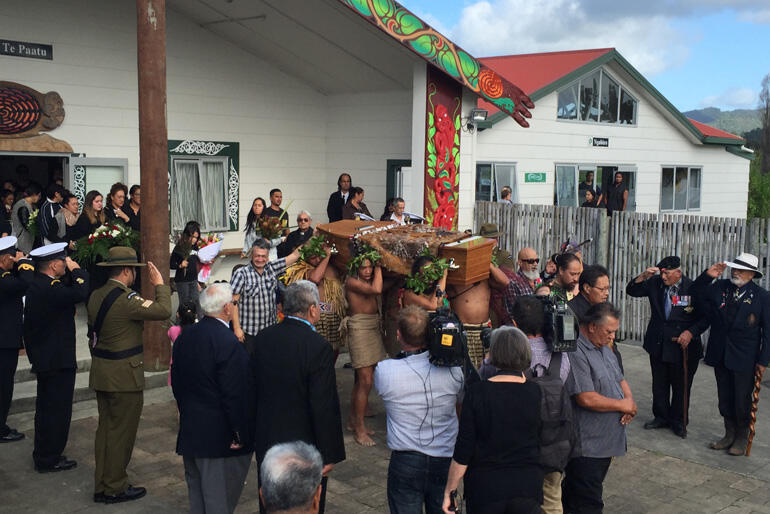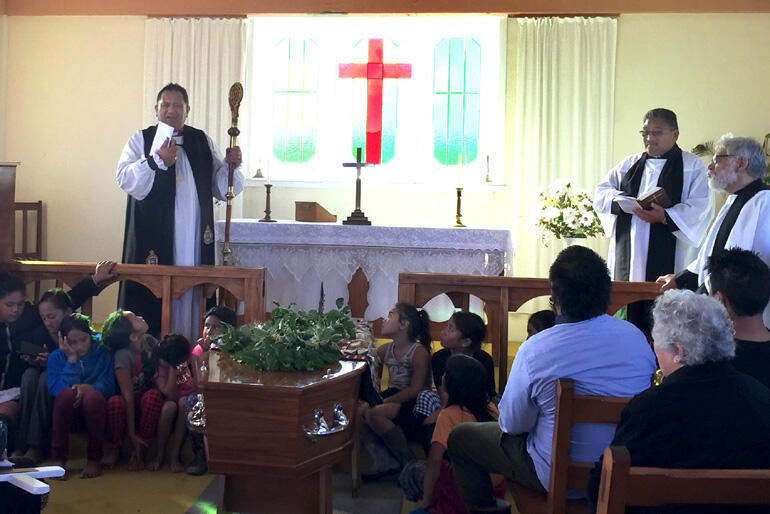




Bishop Kito Pikaahu and the clergy of Te Tai Tokerau have today made their way to the far north to fulfill their final duty to the late Sir Graham Latimer.
Tomorrow, at Te Paatu Marae, Pamapuria, on the outskirts of Kaitaia, they will conduct his funeral service.
Sir Graham, who was the president of the New Zealand Maori Council for more than 40 years, and one of the original members of the Waitangi Tribunal, was a pivotal figure in the struggles for Maori rights in the 1970s and 1980s
He led the court actions against the Crown that secured Maori rights to state-owned lands, forests and fisheries. He mortgaged his farm to finance these legal battles – including the successful Privy Council action that led to the recognition of Maori rights to radio and TV frequencies to promote te reo.
He was also a staunch Anglican, and one of those Maori leaders[1] who helped give birth to Te Pihopatanga.
Sir Graham was born in 1926 in Waiharara on the Aupouri Peninsula. In 1961 he quit his job as the railway stationmaster at Kaiwaka to take up farming near the Kaipara Harbour – and although he'd been a soldier in World War Two, that’s when his national contributions kicked into another gear, says Bishop Kito.
Groomed for leadership
“When he went farming in the Kaipara, he came across the elders in Ngati Whatua – Te Uri o Hau – and they were all church people. They groomed him in leadership, both in Maori development (he represented Ngati Whatua on the Maori Council) and within the church.
“This was something that he often spoke about and held close to his heart. He often said those elders took him under their wing and moulded him.”
Sir Graham was a member of the General Synod when the Pihopatanga o Aotearoa was established in 1978. In 1980, he was in the college that elected Bishop Hui Vercoe as Pihopa o Aotearoa, He played a role in the bicultural development work that led up to the adoption of the revised constitution, and he was a member of the General Synod which adopted that constitution in 1990.
He was also appointed a lay canon (the ‘Haultain Canon’) at Auckland’s Holy Trinity Cathedral – which is the same chair that an earlier Northern leader, Sir James Henare, had held.
Bishop Kito say Sir Graham also became a mentor for him.
“We’re from the same tribe: Ngati Kahu. When I was elected as a new bishop he took it upon himself to be an advisor to me. In particular, he was very concerned about the church’s presence and involvement at Waitangi, for the Waitangi Day celebrations.
“He insisted that I should increase my presence and attendance at Waitangi Day – and I have done that. And he was there every year, too, up until the time he was too ill to do so.”
The Chairman
One of Sir Graham’s gifts, says Bishop Ben Te Haara, the retired Pihopa o Te Tai Tokerau, was in chairmanship – for staying on course, driving an issue through to a good conclusion no matter how fired up the contenders might be.
Bishop Kito saw those qualities play out when the Runanganui met in Rotorua in 1997.
Sir Graham happened to drop by just as the hui was thrashing out the boundaries between Tai Tokerau and Manawa o Te Wheke. That’s a tricky subject.
“So Sir Graham just walked into the room, sat down – and his mana in the Pihopatanga was such that Bishop Hui called him up straight away and he started chairing the meeting.
“He hadn’t had much involvement – but he had his finger on the pulse. You would have thought he’d been there the whole week. And as soon as that debate was over, he left.”
Never any doubt
Sir Graham was also a plain spoken man, recalls Professor Whatarangi Winiata.
“He had a reputation for convincing his people in Nga Puhi about the importance of their loyalty to the church.
“He would talk to his people about their obligations in plain language, and there was never any doubt about what he meant. And it didn’t matter who was in the congregation.
“For example: he’d take the plate around, and if he didn’t think the result was satisfactory, he’d shake the plate, say: ‘Not enough’ – and take it around again.
“He was well known for that, and his people didn’t object.
“Though I never encountered him doing that in our territory…”
Archbishop Brown Turei confirms that Sir Graham was one of the ‘inner circle’ who had “a significant role to play during the formative years of the Pihopatanga.”
“When we were trying to figure out how this organisation should function… they were the ones who nutted it out.
“I just thank God for the likes of Sir Graham, the ones who laid our foundations.”
[1] These leaders included Bishops Manu Bennett and Hui Vercoe, Professor Whatarangi Winiata, and Judges Taihakurei (Eddie) Durie and Mick Brown.

















Comments
Log in or create a user account to comment.